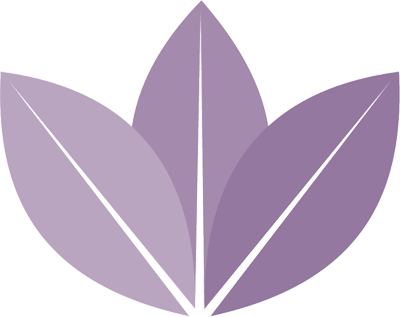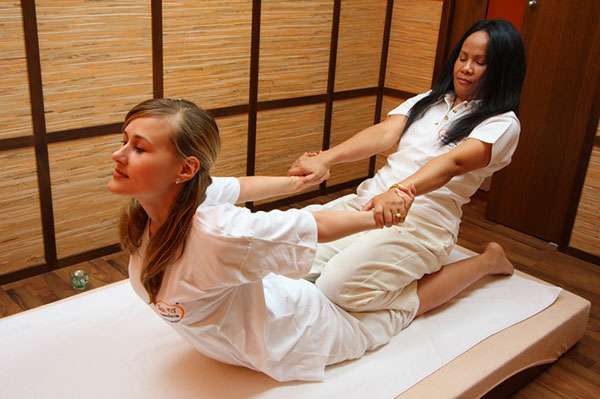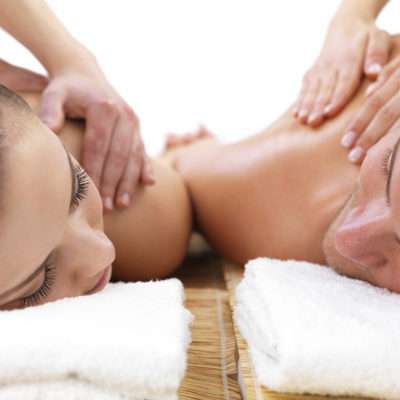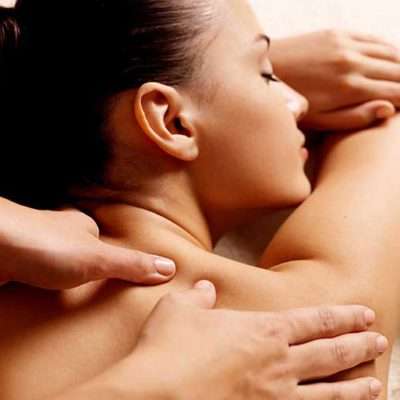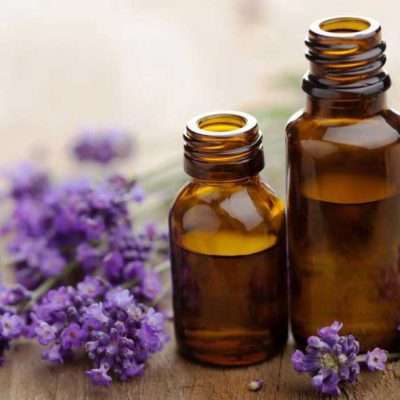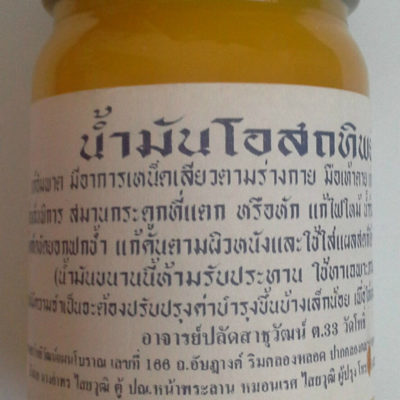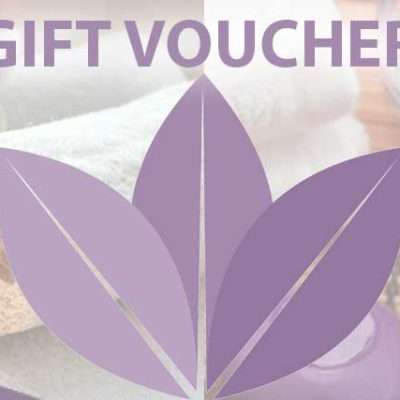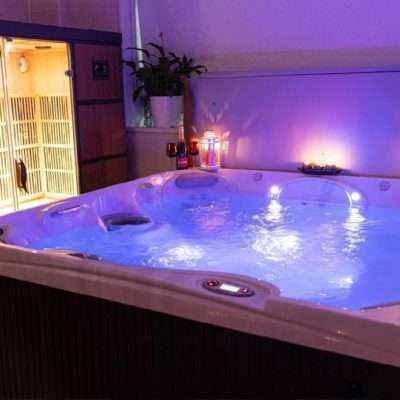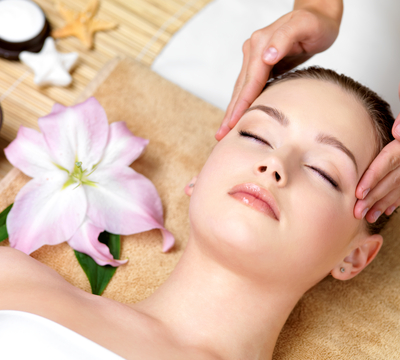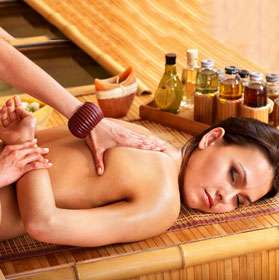Description
Also called Thai yoga massage, this massage takes after the traditional Thai style and is performed on a matt on the floor. Heavy Muscle compression, joint mobilization and stretching techniques are used in order to loosen the muscles. The massage is done without oil, wearing loose fitted clothing.
Practiced for centuries by Thai monks, and forming a central component of Thai medicine, Thai massage is believed to have originated over 2,500 years ago in India. Originally developed by Jivaka Kumar Bhaccha, the physician to Siddhartha Gautama – the Buddha – more than 2,500 years ago in India. The technique made its way to Thailand, where the original Ayurvedic techniques became combined with principles from traditional Chinese medicine.
Tellingly, there is no such thing as a chiropractor in Thailand – a Thai massage is the go-to option for preventing and remedying back ailments. More dynamic and rigorous than your usual massage, limbs and joints are manipulated in a sequence of movements, inspired by yogic stretching. This makes Thai massage particularly beneficial to athletes. Read more for the core benefits of Thai massage.
Reduces Muscle Tension & Spasms
The applied pressing technique utilised in Thai massage pinpoints areas of built-up muscular tension. Similar to myofascial release technique, Thai massage employs targets specific areas with applied pressure, to release tension so that muscles may be further manipulated lengthened effectively. The principles of Chinese Medicine also target trapped nerves, making it highly beneficial in alleviating muscle spasms. Acupressure techniques and principles are used to target key energy points in the body, which correspond to the wider anatomy.
Mobilises the Joints
The use of yoga-style manipulation releases tension in the joints, adding mobility and enhancing the range of movement. Thai massage can effectively help increase joint mobility and range of movement, particularly after a series of treatments. A reduction in joint pain and an increase in suppleness and enhanced flexibility can be gained from Thai massage therapy.
Improves blood Circulation
The rigorous nature of Thai massage and it’s multifaceted method – incorporating touch, muscular and skeletal manipulation, and acupressure – effectively boosts the circulation via a series of techniques.
Balances and Increases Energy
Inspired by a fundamental principle of Chinese medicine, Thai massage technique works along the energy meridians of the body. In Chinese medicine it is believed that by physically stimulating the specific areas of the meridians, you can help to shift areas of stagnant energy, allowing for a more healthy flow of energy (known as Qi). During a Thai massage, the massage therapist will work to manipulate these meridians until it feels that the energy is sufficiently released. After this, the therapist will begin the stretching element of the massage.
Can Treat Sciatica, Headaches & Neck Pain
The use of joint manipulation and release of energy meridian flows all work in combination to release tension, ease nerve irritation, and alleviate pain. The way in which Thai massage combines a multitude of techniques allows it to target underlying dysfunction contributing to symptoms of pain in a holistic and highly effective manner. 6. Reduces Stress In spite of it’s rigorous and more dynamic – and at times uncomfortable – technique, Thai massage has been found to markedly reduce stress, and enhance a sense of overall wellbeing.
As with any expert massage, the release of joint and muscular tension leads to the benefit of an increased sense of wellbeing, however the acuppressure techniques and facets of Chinese medicine employed in Thai massage have additional benefits in terms of releasing nerve tension, freeing energy flow and releasing emotional tension held within the body. The end result is a heightened sense of wellbeing and optimum relaxation.
